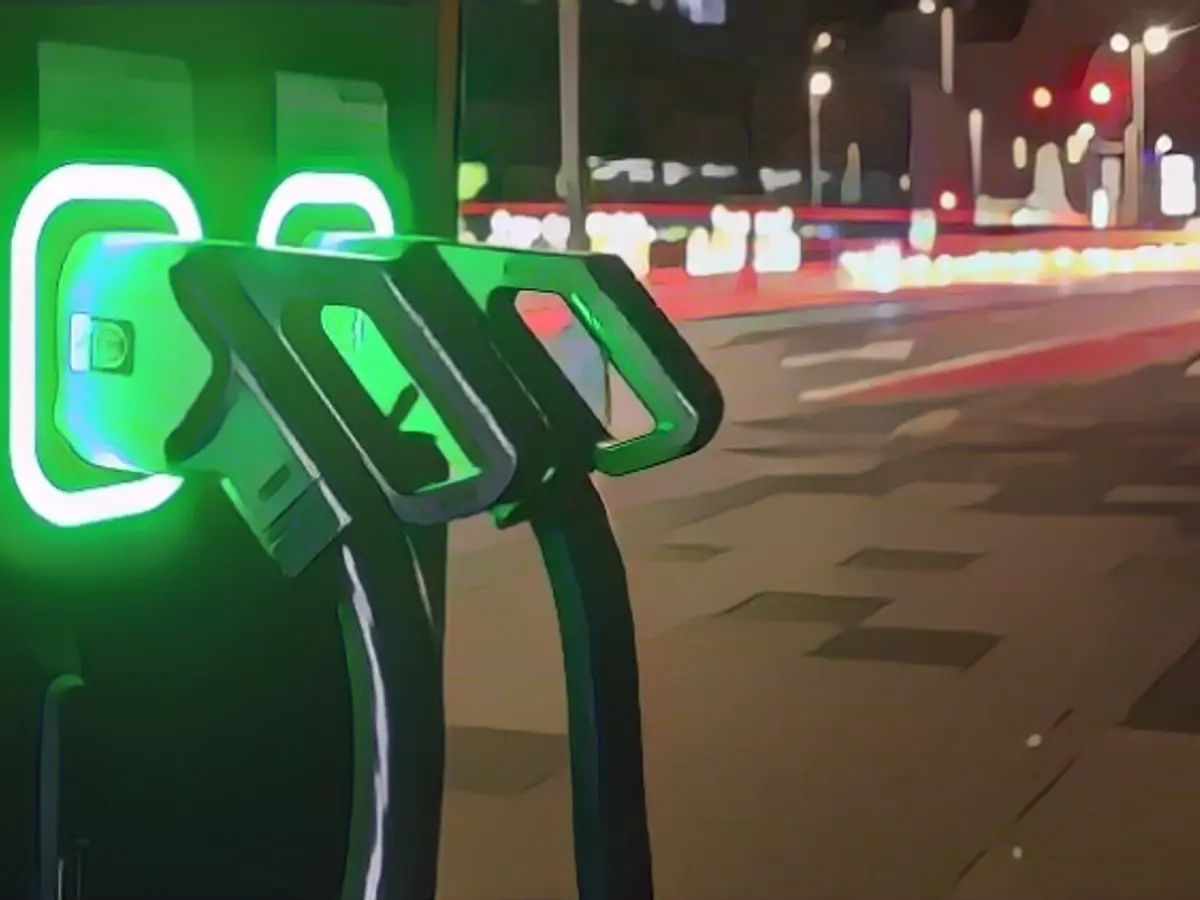Will electromobility still be affordable in 2024?
The state subsidy for electrically powered vehicles should finally be off the table. And what happens now? How will the manufacturers behave? And how will the prices for e-cars develop? Will electromobility now have to cope with a setback? An attempt at classification.
No sooner has Economics Minister Robert Habeck cut subsidies for electrically powered vehicles than car manufacturers are trying to limit the damage. Of course, hardly any manufacturer leaves customers with a signed purchase contract out in the cold when the object of their desire suddenly becomes 4500 euros more expensive. And the fact that a storm of indignation has now brewed was also foreseeable. If the federal government makes a promise, it should also stand by it - no question.
But once the general outrage has died down, another question needs to be answered: Will electromobility be affordable in the medium term? If someone buys or leases a car that costs 35,000 euros or more, that's not really cheap. It is much more affordable when a brand new Mitsubishi Space Star is sold for 11,990 euros (list base price). Or the Dacia Sandero at a price of 11,300 euros. These are certainly not luxury cars, but you can get to any destination dry and warm in these combustion engines. They also come with a warranty and the great feeling of having configured a new car yourself.
Plans for cheaper electric cars
Electric cars must become significantly cheaper. After all, a number of car manufacturers are already announcing plans to this effect. Citroën is the first brand to communicate a concrete roadmap. The electrically powered C3 is no figment of the marketing department's imagination; on the contrary, the car has already been presented and is advertised on the website at a reasonable price of 23,300 euros. Deliveries will begin in the first quarter of 2024.
Only the Dacia Spring is cheaper at 22,750 euros - but this does not include fast DC charging. Admittedly, these are not yet the bargain prices of the Dacia combustion engines or the Space Star. But Stellantis has not yet reached the end of the road.
And in 2025, a basic version of the C3 with a smaller battery is to be launched at a price of less than 20,000 euros. Volkswagen (which has the largest market share in Germany after all) also wants to make it possible to enter the world of electromobility in the foreseeable future for less than 25,000 euros (small car class). At 21,590 euros, a current Polo is not too far away from this.
And it could get even cheaper: Stellantis is planning a joint venture with the Chinese car manufacturer Leapmotor, which specializes in small electric vehicles. The European car manufacturer intends to hold 51 percent of the shares in Leapmotor in the long term. This will enable the multi-brand group to offer even more affordable battery electric vehicles in the future. Deliveries are scheduled to begin in the second half of next year.
Electric mobility not just for high earners
The fact that electric mobility is only an option for high earners, as critics complain, will not remain the case. There are various reasons why car manufacturers could be fighting discount battles in the not too distant future. It should not be forgotten that manufacturers face fines if they register too few low-emission vehicles. The calculation may be complex, but there are scenarios where it is cheaper for the company to give discounts on BEVs and use this instrument to increase the proportion of low-CO2 vehicles than to pay a hefty fine. As a reminder: the fun costs 95 euros per gram too much, multiplied by the number of vehicles sold throughout the EU in the year in which the limit was exceeded.
By the way: What are the manufacturers actually doing with their planned subsidy share of 2250 euros net? After all, the car industry had no way of knowing that the state subsidy would end so abruptly. Before the Federal Constitutional Court's budget ruling, they could have expected the federal government to provide subsidies at least until well into 2024. There is therefore a certain amount of leeway. The prospects of many an electric car being sold next year are therefore not bad.
Read also:
With the subsidy for electric vehicles being phased out, manufacturers are now scrambling to keep their electric car prices competitive. For instance, Citroën is set to launch its electric C3 at a reasonable price of 23,300 euros in 2024, aiming to make electric cars more accessible to a wider automotive market.
Despite these efforts, there's still a need for electric vehicles to become significantly cheaper to be truly affordable. Stellantis, a multi-brand group, plans to collaborate with Chinese electric vehicle manufacturer Leapmotor to offer more budget-friendly battery electric vehicles in the future.
Source: www.ntv.de








